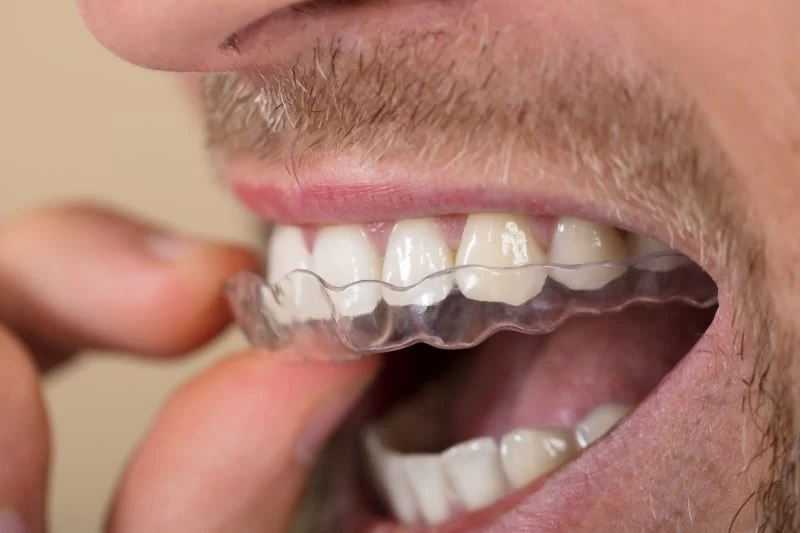A common question among parents and coaches is, what age should kids start wearing sports mouthguards? Protecting young athletes from dental injuries is crucial, and Mouthguards are a simple, effective way to do so. Knowing when to introduce a mouthguard can help ensure your child’s safety during sports and physical activities.
Why Mouthguards Are Important for Kids?
Mouthguards provide vital protection against injuries to the teeth, lips, cheeks, and jaw during sports.
Reduce risk of chipped or broken teeth
Protect soft tissues inside the mouth from cuts and bruises
Help absorb shocks from collisions and falls
Can prevent jaw fractures and reduce concussion severity
Promote confidence for kids during active play
Recommended by dentists and sports organizations
Starting protection early helps kids develop the habit of wearing mouthguards consistently.
Recommended Age to Start Wearing Mouthguards:
Experts suggest children start wearing sports mouthguards once they begin active participation in contact or high-impact sports.
Typically, this is around age 6 to 7 when permanent teeth start to emerge
At this stage, kids are more prone to injuries due to coordination and balance development
For non-contact sports, mouthguards may not be necessary initially
Sports like football, hockey, basketball, and soccer often require mouthguards starting in early elementary school
Some leagues mandate mouthguards regardless of age for safety compliance
Custom mouthguards can be adjusted as children’s teeth grow
Consult your child’s dentist for guidance tailored to their dental development and sports involvement.
Types of Mouthguards Suitable for Kids:
Choosing the right mouthguard is essential for comfort and protection, especially for young athletes.
Stock mouthguards: pre-made, inexpensive but often uncomfortable and bulky
Boil-and-bite mouthguards: heated and molded at home for better fit and affordability
Custom-fit mouthguards: made by a dentist for precise fit, comfort, and maximum protection
Soft mouthguards: more comfortable but less durable, suitable for light contact sports
Hard or dual-laminate mouthguards: better for high-impact sports and heavy grinders
Mouthguards with fun colors or designs can encourage kids to wear them consistently
Starting with a boil-and-bite or custom mouthguard is often best for young children.
Tips to Help Kids Get Used to Wearing Mouthguards:
Introducing mouthguards to children requires patience and positive reinforcement.
Explain the importance of protection in simple terms they understand
Let them choose colors or designs to make it fun
Practice wearing the mouthguard during non-sport times to get used to it
Praise and reward consistent use to build the habit
Ensure the mouthguard fits well and isn’t causing discomfort
Involve coaches and teammates to normalize mouthguard use
Early encouragement builds a lifelong safety habit in young athletes.
Caring for Kids’ Mouthguards:
Proper care ensures mouthguards stay effective and hygienic for young users.
Rinse the mouthguard with cold water after each use
Clean with a toothbrush and mild soap regularly
Store in a ventilated case to prevent bacteria and mold growth
Inspect for wear or damage and replace as needed
Avoid chewing or biting on the mouthguard outside of sports
Schedule dental checkups to adjust the fit as kids grow
Teaching kids good care habits prolongs mouthguard life and health.


 :
: